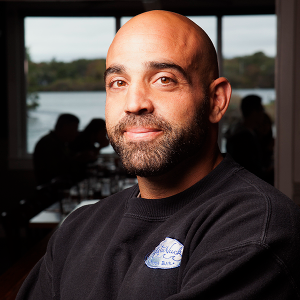Aquaculture Breeding
Aquaculture Breeding, a dynamic and innovative practice at the intersection of biology, technology, and sustainable resource management, represents a pivotal force in meeting the escalating global demand for seafood while alleviating pressure on natural aquatic ecosystems. In this intricate and multifaceted process spanning a spectrum of environments from freshwater to marine systems, meticulous husbandry techniques converge with cutting-edge scientific methodologies to cultivate and propagate aquatic organisms. The genesis of aquaculture breeding involves the deliberate manipulation of environmental variables such as temperature, salinity, and nutrition to optimize the growth, health, and reproductive success of target species. The selection of breeding stock, informed by genetic advancements and trait-focused criteria, plays a central role in enhancing desirable traits like growth rate, disease resistance, and adaptability. Hatcheries, often serving as the epicenter of aquaculture breeding, are equipped with advanced recirculating aquaculture systems and biosecure facilities, facilitating the controlled development of fish, mollusks, and crustaceans from eggs to juveniles. Furthermore, breakthroughs in reproductive technologies, including artificial insemination and selective breeding, empower aquaculturists to accelerate the genetic improvement of stocks. As a bastion of sustainability, modern aquaculture breeding embraces responsible farming practices, incorporating environmentally conscious methodologies to mitigate ecological impact and promote biodiversity. The sector's adaptability is evident in its diverse array of methodologies, encompassing land-based tank systems, sea cages, and integrated multitrophic aquaculture, each tailored to the unique needs of the cultivated species. Aquaculture breeding not only represents a strategic response to burgeoning global food requirements but also fosters economic development by generating employment opportunities and supporting coastal communities. However, as the industry burgeons, challenges such as disease management, resource efficiency, and ethical considerations demand ongoing research and innovation to ensure the responsible stewardship of aquatic resources and the cultivation of a thriving, resilient aquaculture sector for future generations.

Perry Raso
Matunuck Oyster Farm, United States
J L Giovanna Hesley
Education Emerita, CropKing Inc., United States
Virendra Kumar Goswami
Indian Institute of Technology, India
Amit Das
Memorial University of Newfoundland, Canada
Mandeep Kaur
Panjab University, India
Pavarot Noranarttragoon
Department of Fisheries, Thailand



Title : Application of Artificial Intelligence and NISAR satellite to study the air sea CO2 exchange and aquatic toxicology to develop ‘Aquatic Pollution Remediation Technologies’(PART)
Virendra Kumar Goswami, Indian Institute of Technology, India
Title : Conditionally pathogenic microparasites (Microsporidia and Myxosporea) of mullet fish potential objects of mariculture in the Black and Azov Seas
Violetta M Yurakhno, A. O. Kovalevsky Institute of Biology of the Southern Seas of Russian Academy of Sciences, Russian Federation
Title : New approaches to assessing and managing the multispecies fishery in the Gulf of Thailand
Pavarot Noranarttragoon, Department of Fisheries, Thailand
Title : Integrating art, science and rural development: The multifaced role of aquarium keeping
T V Anna Mercy, Kerala University of Fisheries and Ocean Studies, India
Title : Seaweed aquaculture policy gap analyses in Indonesia, Kenya, and Tanzania
Megan Considine, The Nature Conservancy, Puerto Rico
Title : Utilizing art to enhance learning STEM subjects required for aquaculture
J L Giovanna Hesley, Education Emerita, CropKing Inc., United States